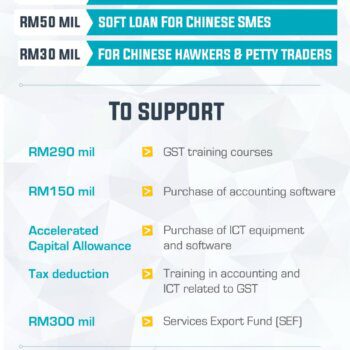In most cases, there are people selling the same product as you, but that doesn’t mean your product can’t stand out and it won’t be successful. As long as it brings value to potential customers that other similar competitive products don’t, you are likely to get noticed and more likely to make a sale.
In order to get noticed, a product must have a unique selling proposition. Here are some tips to make your product stand out.
1) What are your competitors missing? Where are competitors for a similar product falling short? Do they lack customer service? Do they only service a certain geographical area? Does their product leave out a certain market?
2) What are market’s problem? If you explore your product’s market, you may find some recurring problems. Can you modify your product to solve this problem? For example, imagine how confusing life would be without the invention of Sticky Notes! 3M is in the adhesive business, but it spotted an every day use for it’s sticky product that would help with forgetfulness and make us all more efficient.
3) Can you do it differently than your competitors? Sometimes it’s just a matter of taking a well-known product and doing it differently. For example, electric cars run on batteries instead of fuel, which has been the norm for a hundred years at least. Another example? opening an online gallery instead of the regular brick and mortar one.
4) Can you use a different business model? Sometimes just changing the business model adds convenience for your customers.
5) Same product, different goal – You may offer the same product as many competitors, but you could change your mission or goal
6) Use a different theme – This is most observed in restaurants and hotels. Think of Las Vegas and all of the hotels that differ in theme.
7) Focus on an adjacent need – Instead of creating and selling another main meal, maybe you should sell accompaniments like a chardonnay or some local fresh vegetables. So as an example, instead of creating another social media platform like Facebook, focus on tools that maximize its use, like HooteSuite, for example.
8) Segment the niche – Drill down. See if you can find a niche within a niche. Maybe you can target music teachers or seniors. Your marketing and maybe even your product will differ depending on who you are selling to.
9) Bundle complementary products – To stand out, your product or service can be packaged with complementary ones, also making it more desirable to your audience.
10) Maximize on customer service – Provide the best service. Make things easy for your customer. They’ll love you for it and will keep coming.





























